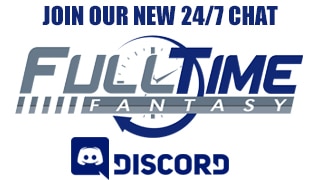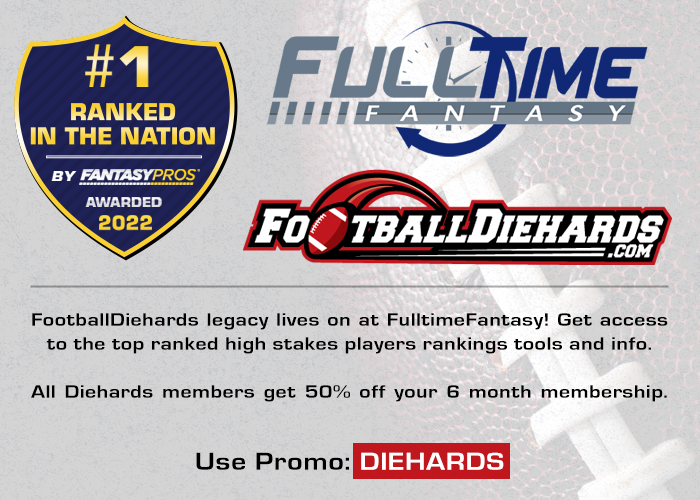
2025 Fantasy Baseball Auction Strategy
This Fantasy Baseball Strategy Guide is courtesy of Shawn Childs. Read Shawn’s expert fantasy analysis at his Substack.
Fantasy baseball comes in various formats and league sizes, particularly in auctions. Over the years, I’ve competed in American League-only, National League-only, and mixed-league formats with 12 or 15 teams. Some leagues incorporate keepers (players held for multiple seasons) and trading, both of which significantly impact player values during an auction. However, in the high-stakes fantasy market—where I’ve played for over 20 seasons—trading isn’t allowed. This restriction places immense pressure on managers to construct a winning roster before the auction ends. Here’s my 2025 Fantasy Baseball Auction Strategy.
The Challenges of a No-Trading Auction League
In a no-trade auction league, the margin for error is razor-thin. No other team will bail you out by offering to trade for your surplus closer. If your roster is unbalanced—strong in some categories but weak in others—you can’t swap hitting for pitching or speed for saves. While there are multiple paths to winning an auction, many managers lose before the season even begins due to a flawed strategy or lack of foresight.
Each year, the player pool shifts slightly, requiring managers to assess available talent and craft a plan they can execute at the auction table. Success hinges on assembling enough key pieces to manage the season effectively.
Regardless of my approach, I must remain flexible. While an auction allows me to target any player, every acquisition comes at a cost.
Auction Basics
Most fantasy baseball auction leagues allocate each team a $260 budget to assemble a 23-player roster (14 hitters, nine pitchers). Scoring is based on 10 categories:
- Hitting: Batting average, runs, home runs, RBIs, and steals
- Pitching: Wins, ERA, WHIP, strikeouts, and saves
In a 12-team league, first place in a category earns 12 points, second place gets 11, and so on down to one point for last place. The team with the highest cumulative score across all categories wins the league.
Calling Out Players Strategically
A common mistake fantasy managers make is waiting too long to nominate key players. While the idea of saving money for later bidding may seem smart, it often backfires. If I sit back while other elite players come off the board, I risk running out of viable options.
Instead, I prefer to call out my priority players early. If I believe a particular player is essential to my team’s foundation, I want to know right away if I can get him at a reasonable price—or if I need to pivot to an alternative plan. The sooner I know my roster’s core, the better I can execute my strategy or adjust on the fly.
Budgeting for Key Players
Using my FPGscores after last season, Shohei Ohtani had a fantasy value of $62.91, contributing 19.55 league points on the hitting side in a 12-team mixed format. If my roster plan was to allocate $180 for hitting and $80 for pitching, Ohtani would be a cornerstone of my offense.
Every manager has a different approach to budgeting. Some teams invest heavily in elite bats and “cheat” pitching, while others allocate $100+ to pitching, limiting their ability to compete for top-tier hitters.
For example, if I aimed to build my team around Ohtani, expecting him to replicate a strong 2024 season (.310/134/54/130/59) with a $55 target value, I would need a backup plan if I missed out on him. My next tier of power-speed hitters might include José Ramírez (.279/114/39/118/41), who had a $43.66 fantasy value in 2024.
If Ramírez gets nominated early and sells for $45 while I wait for Ohtani, I risk losing both. If Ohtani then exceeds my budget, I’m left scrambling for a replacement with fewer options remaining.
This scenario forces me to adjust my plan on the fly. If Ohtani sells too high, my fallback could be Aaron Judge ($50.11 value in 2024)—but that weakens my stolen base potential. Alternatively, I could target Bobby Witt Jr. ($45.65 value) to lock in elite steals while maintaining power.
The key is being prepared for multiple outcomes. If my top choices are taken, I must adapt while ensuring my team remains well-rounded.
Overpaying vs. Letting Go
One strategy to avoid missing out on key players is overpaying early, intending to recoup those extra dollars later in the auction. While this can work, it requires discipline to ensure later bargains offset early splurges.
Executing a Game Plan
A strong auction strategy involves executing my game plan early while ignoring how others are spending. My goal is to establish a solid foundation in hitting and pitching, spending up to $200 of my $260 on my key players. This aggressive approach means I may need to shut down spending mid-auction while waiting for value picks later.
Many managers become frustrated when others hold onto their money, fearing late-stage overbidding. But once the auction progresses, everyone will still need players, and competition remains. A team with a large budget late in the auction won’t have unlimited power—they’ll still be competing with other managers for every player.
Keeping an Open Mind
Some of the best values emerge early in an auction. Recognizing player value in real-time is crucial, as hesitation can mean missing out on bargains. A $33 player may not seem like a steal, but if that same player goes for $38 a few rounds later, I’ve lost out on value.
For example, if José Ramírez is nominated early and his price hovers in the mid-30s, it may be smart to buy rather than risk Ohtani and Judge going for premium prices.
Avoiding the “Last Top Player” Trap
A common mistake in auctions is waiting for the final top-tier player at a position. Late in the draft, managers hesitate to call out the last available elite player, hoping to get them cheap. When that player finally gets nominated, demand spikes, often leading to an overpay.
I use this knowledge to my advantage. If I like multiple players at a position, I aim to buy the first one called out, preventing myself from overpaying later. This tactic is especially useful for scarce resources like stolen bases or closers.
Managing the Endgame
Once my core team is assembled, I shift my focus to bargains. When my budget reaches $60, I slow down my spending and begin hunting for undervalued players. If I can conserve money until I hit $35-$40, I gain leverage in the late game, ensuring I can outbid opponents when necessary.
Success in the endgame requires a clear vision of positional depth and available talent. Having a plan for how to fill the back end of my roster is critical.
Final Thoughts
Winning an auction league requires a strong game plan, precise execution, and targeted players performing up to expectations. Every manager has similar player evaluations, leading to inevitable bidding wars. I won’t win every battle, but the goal is to win the right ones.
Ultimately, I’d rather lose with a team I carefully built than with players I didn’t truly want. Thoughtful planning—including backup strategies and spending variations—helps make better split-second decisions when bidding.
The more effort invested in strategy, the better the chances of navigating an unpredictable auction and constructing a championship roster.
Thanks for reading this 2025 Fantasy Baseball Auction Strategy.
The 2025 NFL off-season is underway but you can still get access to the best help out there! All FullTime Fantasy members get exclusive access to our 24/7 Chat Room on Discord!
All morning on Sunday, Senior Analyst Jody Smith will be standing by to answer all your crucial fantasy questions and keep you updated with all the latest news and injury updates.



